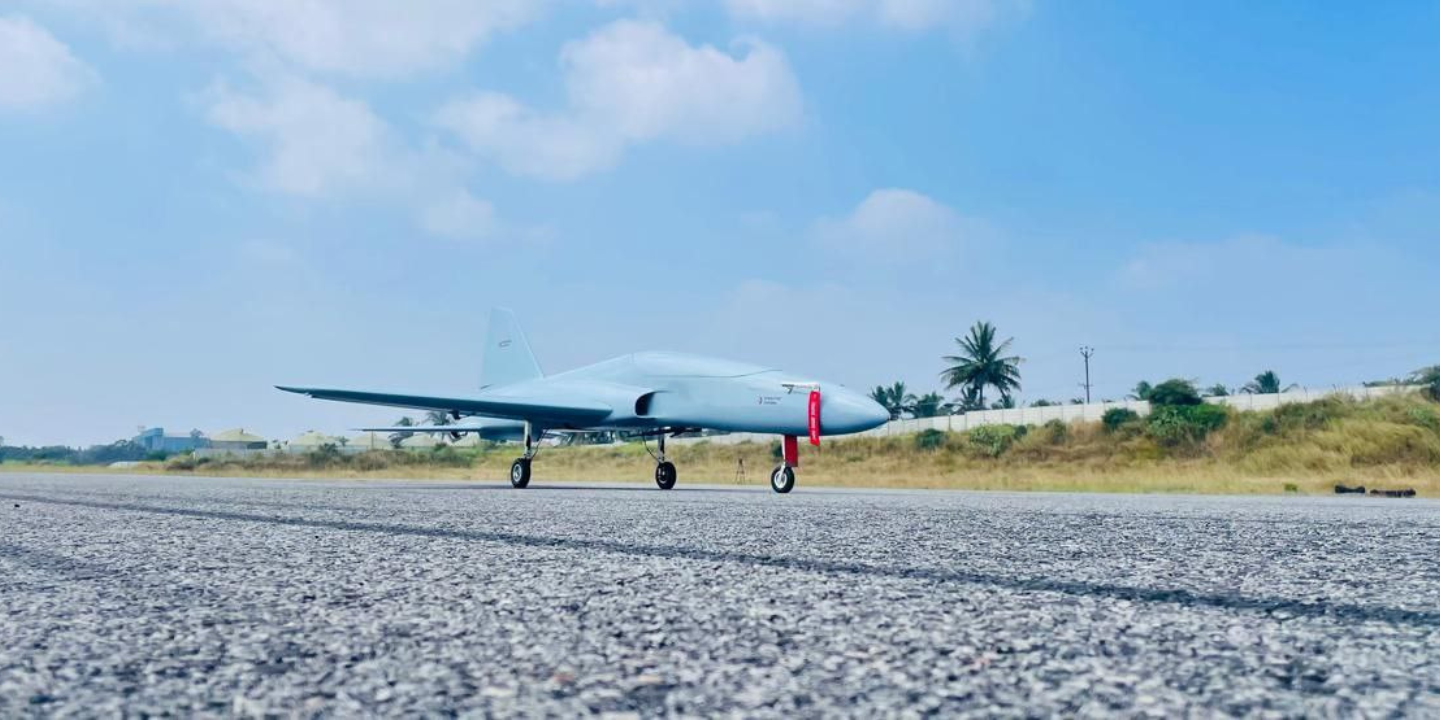
Aircraft design encompasses the conceptualization, development, and refinement of aerodynamics, performance & stability, and airframe structure. This process requires the formulation of technical data and the use of computational analysis to design and optimize solutions. The flow field around the aircraft is simulated using high-fidelity software to ensure aerodynamic parameters improve overall flight characteristics, reduce drag for long endurance operations, and maintain stability even in harsh environmental conditions, leading to safer and more economical flights.
Key Considerations in Aircraft Design
- Load Analysis: To prevent structural failure, a deep analysis is required to understand the impact of loads on an aircraft during flight and ensure a reduction in safety margins in the aircraft design.
- Structural Analysis: A clear evaluation of important structural properties like shear, torsion, airworthiness, and elasticity must be conducted before assembling the components of an aircraft.
- Fatigue Analysis: Prevent performance degradation of the aircraft by analyzing the risk of fatigue fracture that occurs due to fluctuating stresses.
Factors that Affect the Aerodynamics Process
- Weight: The force of gravity dragging the aircraft downward, which influences how much lift it needs.
- Propulsive Force: The forward motion that drives the airplane through the atmosphere.
- Resistive Force: The obstruction that causes the aircraft to go through the atmosphere more slowly.
- Maneuvering Surfaces: Aerodynamic behavior is influenced by components such as rudders, elevators, and ailerons that affect the aircraft's stability and control.
- Lift: The upward push that keeps the plane in the air.
- Configurations: The configuration of the fuselage, wings, and tail, which affects overall aerodynamic performance, drag, and stability.
Vital Features of Modern Aircraft Design
- Advanced Structure: The composite airframe contributes to a high strength-to-weight ratio, desired structural rigidity, keeps the airframe lighter, and protects all the avionics, payload, and propulsion systems against adverse environments.
- Modular Airframe: The airframe has a truly modular design, ease of transportation, no tools needed to assemble or disassemble the UAVs, and allows for the replacement of payloads and other onboard equipment with minimal effort.
- Stealth Features: Radar visibility is minimized with the help of a composite airframe and the absence of large metal components, making the aircraft non-detectable in hostile environments.
Additional Information Regarding Aircraft Design
Latest technologies such as AI/ML, autopilot systems, and flight control systems (FCS) are slowly being implemented by innovative engineers to develop autonomous aircraft that will lead to a reduction in human error and ensure safe and efficient aerodynamics.
The mechanical properties of the composite materials are tested per ASTM standards. The structural behavior of the aircraft's detailed components is simulated using analysis software to calculate the margin of safety, ensuring aircraft are designed to operate in adverse environmental conditions per JSS 55555 (Joint Services Specifications 55555).